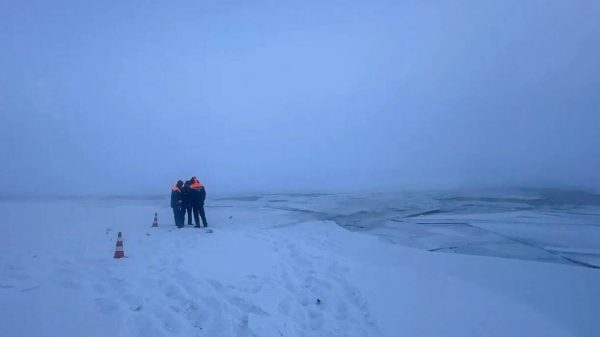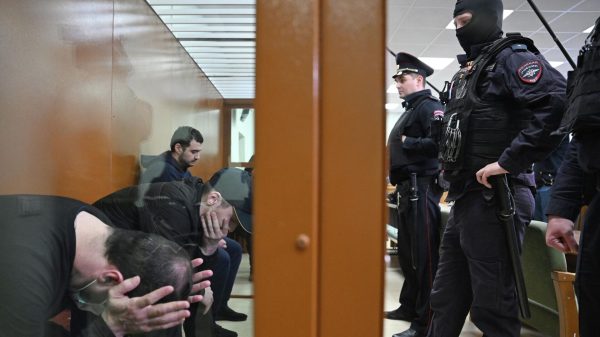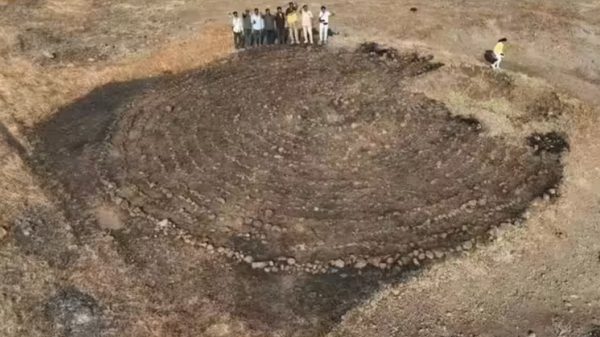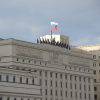
< br />
NOVOSIBIRSK, December 15 Specialists from the Faculty of Geology and Geophysics of Novosibirsk State University (NSU) have developed, patented and presented a technology for express condition assessment at the Arctic Technology Forum ARTEK-2023 buildings and structures for use in the Arctic and areas with permafrost soils, the university reported on Friday.
«The problem that NSU technology is dedicated to solving is related to the operation of buildings and engineering structures on permafrost soils. The bearing capacity of foundations (in particular, pile and other types of foundations) can be impaired both due to seasonal thawing of soils and due to an increase in the temperature of the foundations due to global warming. If pile foundations lose their load-bearing capacity, buildings and structures may be subject to uneven deformations, which can lead to emergency situations, including collapse,» said Alexander Kvashnin, director of the Center for Technology Transfer and Commercialization of NSU.
In order to be able to quickly make decisions about stopping operation or strengthening foundations, a hardware and software complex was developed for express monitoring of structures and structures. It includes sensors — microseismic sensors that record the frequency and amplitude of vibrations of building structures, and recorders that save this data and can then transmit it either to the cloud or to a laptop if data is processed on site.
The university notes that an important part of the complex is software that allows you to remove noise, isolate the natural frequencies of vibrations of buildings and structures, and, cutting off all unnecessary things, determine the technical condition of structures and even individual building structures. If the building is in good condition, then the vibration amplitudes should be small, but if stability is lost, then they increase significantly. Based on the frequency and change in these amplitudes over time, one can draw conclusions about the deterioration of the technical condition of the building.
“In this way, we examined a number of transport and engineering infrastructure facilities in the Novosibirsk region, as well as at one of the largest metallurgical enterprises in Russia. In a short time, we were able to assess the technical condition of a wide variety of structures and identify problematic ones among them. The results of our research were 100% confirmed other, more labor-intensive and expensive methods,” said Kvashnin.
Now scientists are developing a cloud service for downloading and storing information about the technical condition of all objects under study. Subsequently, based on it, it is planned to launch a notification service so that organizations servicing these structures can quickly receive information about possible dangerous events. In addition, for more efficient operation, it is planned to adapt the sensors to certain operating conditions and to specific types of buildings and structures.
«Currently, the technology for monitoring structures and structures is undergoing pilot tests at large Russian enterprises. NSU has several patents to protect its use in various fields: pipeline transport, oil and gas production, metal flaw detection, etc. «The Technology Transfer Center is negotiating implementation with major industrial partners,» the university reported, noting that participation and victory in the ARTEK competition (the project won in the «ARCTEK Scientific Pitch» category) makes it possible to present the development to large Russian corporations, such as » Norilsk Nickel», «Alrosa», «Novatek» and others.
























































Свежие комментарии